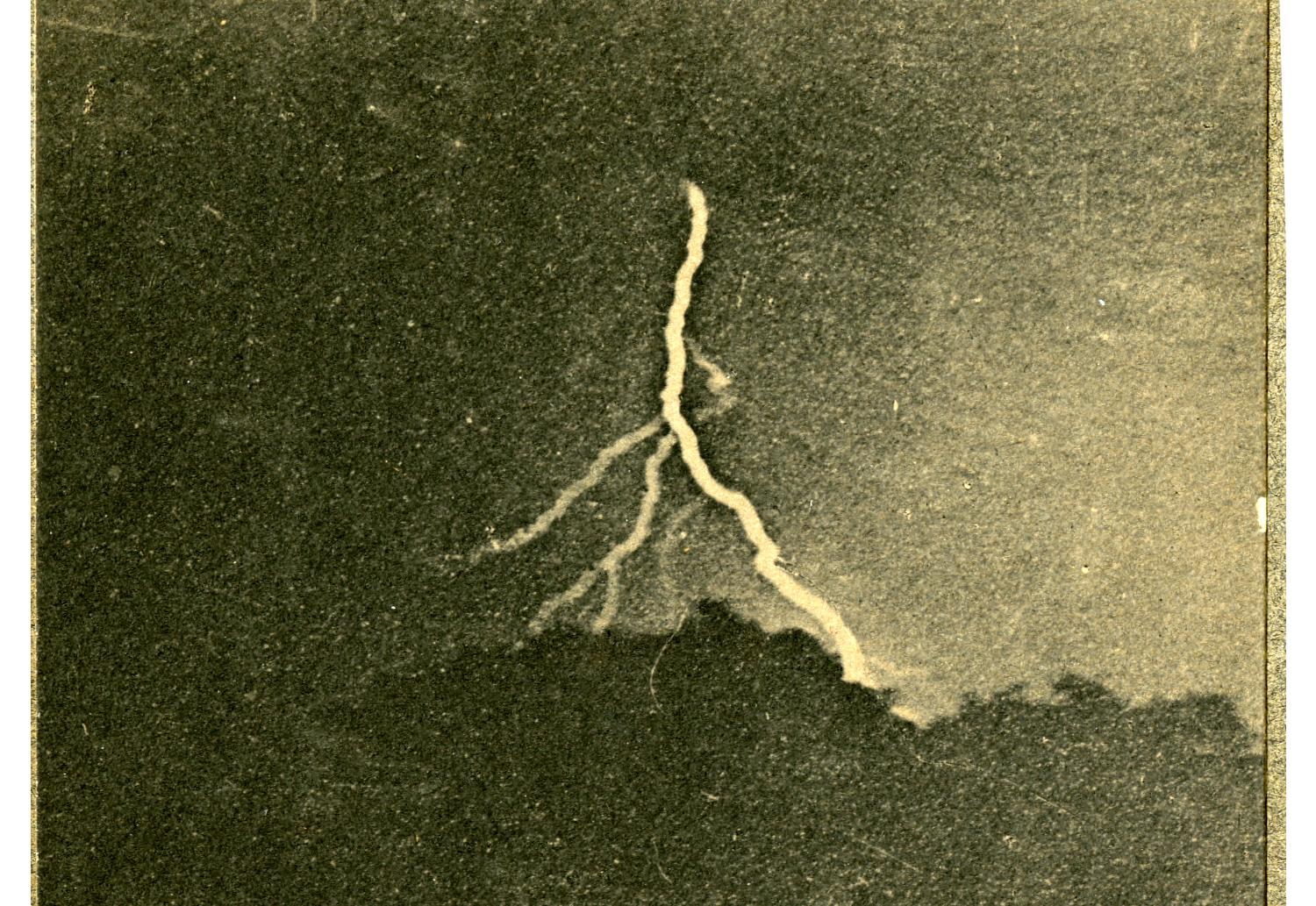
Photo: William N. Jennings’ First Photograph of Lightning, 1882. From the Historical and Interpretive Collections of The Franklin Institute.
Benjamin Franklin was passionate about the weather and developing techniques for monitoring and forecasting weather. In 1743, Franklin observed that northeast storms begin in the southwest. On horseback, he chased a whirlwind almost a mile to find out why. "Poor Richard," aka Ben Franklin under a pseudonym, printed some of the first recorded weather forecasts.
The Franklin Institute has kept that tradition alive by gathering “official” weather data (that is, data that the National Weather Service feels is reliable enough to be used in its record-keeping) for the city of Philadelphia since 1872, and functioning as an observing site for the National Weather Service since 1993. Our weather station is on the roof of The Franklin Institute near the observatory.
Curious about what the weather was like in Philadelphia years ago? These tables of historical weather data offer a look back in “weather time.” The tables are updated monthly to capture the new information collected from our station.
Guide to the Data:
- All temperatures are recorded in degrees Fahrenheit.
- "Max" equals the high temperature, while "min" equals the low temperature. "Liquid" refers to rain plus melted snow and is measured in inches (except in the historical records where it is hundredths of an inch).
- "Snow" and "depth" refer to snowfall and measured snow depth in inches (except in the historical records where it is tenths of an inch).
- "T" stands for "trace," which means that precipitation did occur but was too little to be measured. To a meteorologist, "trace," means less than one-hundredth of an inch for liquid precipitation, and less than one-tenth of an inch for snow.
- “NA” appears whenever data was not available or was not observed.
You can download data sets and charts that show annual weather trends and averages for the Philadelphia region back to the late 1800s.
Annual Weather Trends (.XLS format) Last Updated May 31, 2018
The Franklin Institute has long considered weather science a significant field of study. It was the first institution to establish a meteorological station in Pennsylvania. The weather instruments found in our Attic provide a glimpse at what earlier forecasters used to predict the weather, how instruments have changed and stayed the same over time, and the value of scientific topics that Ben himself found important so many years ago.


